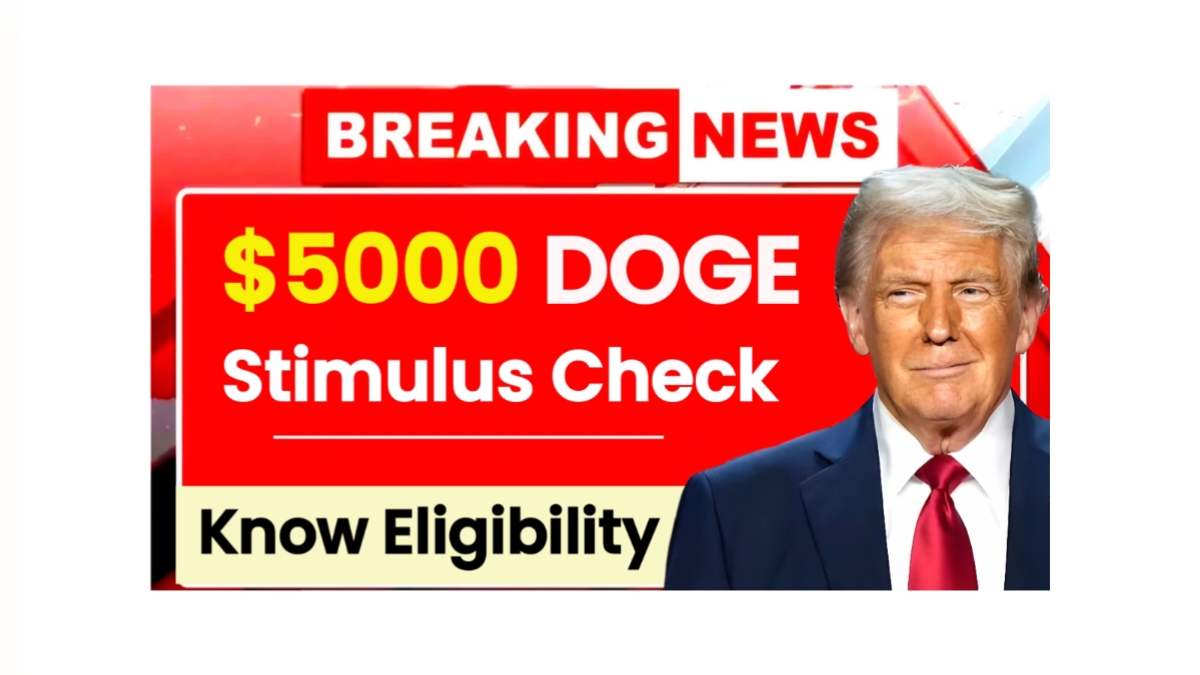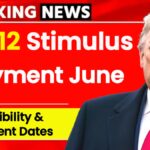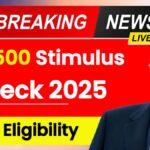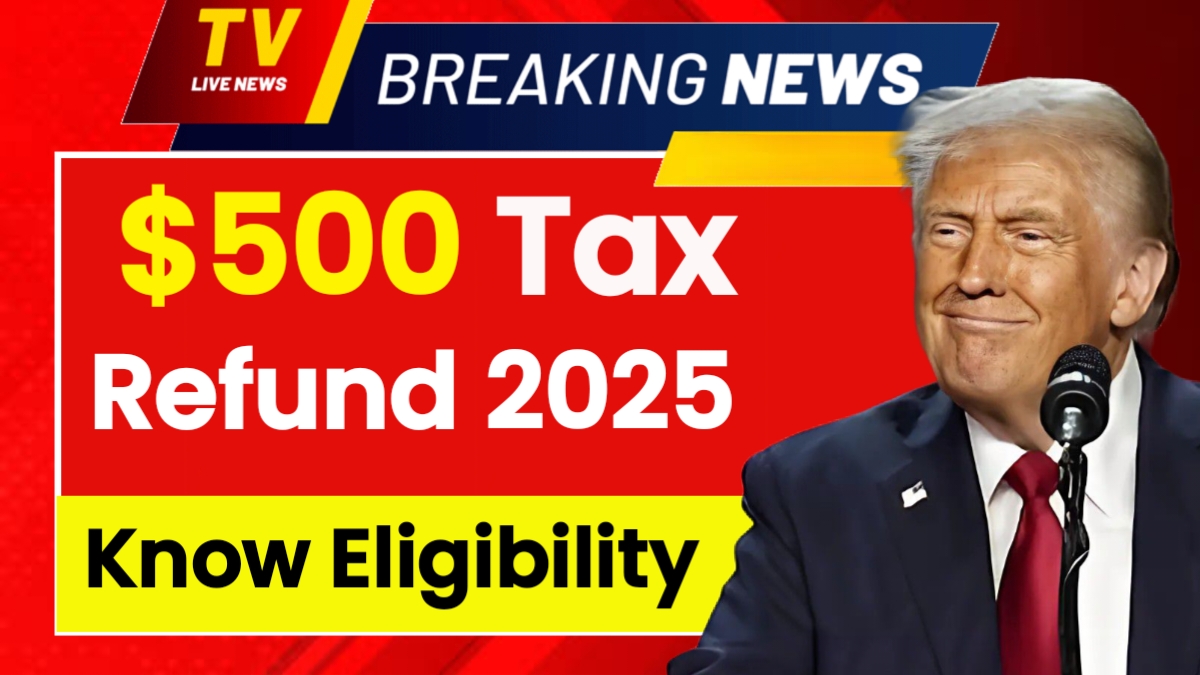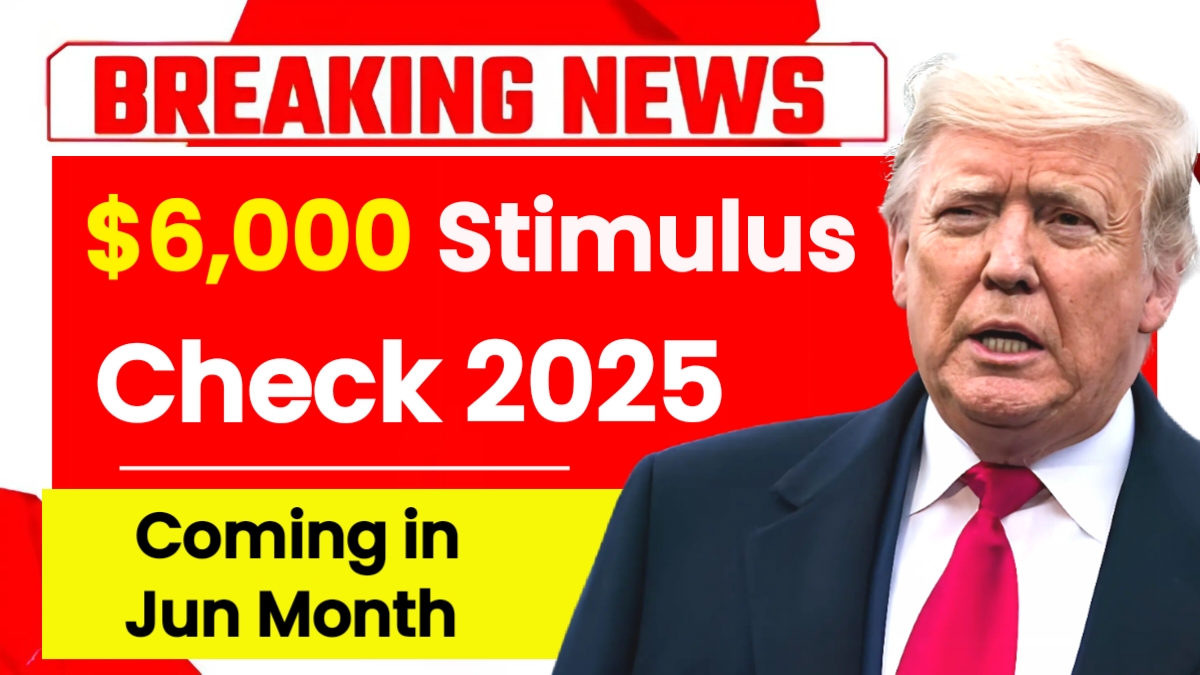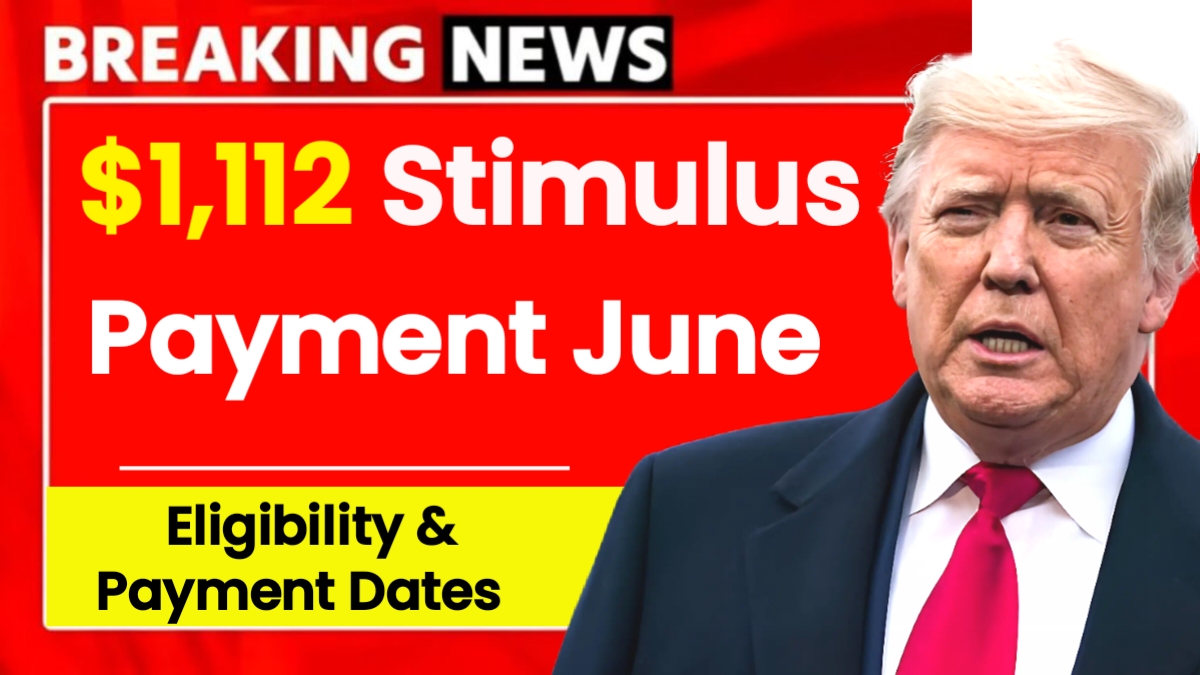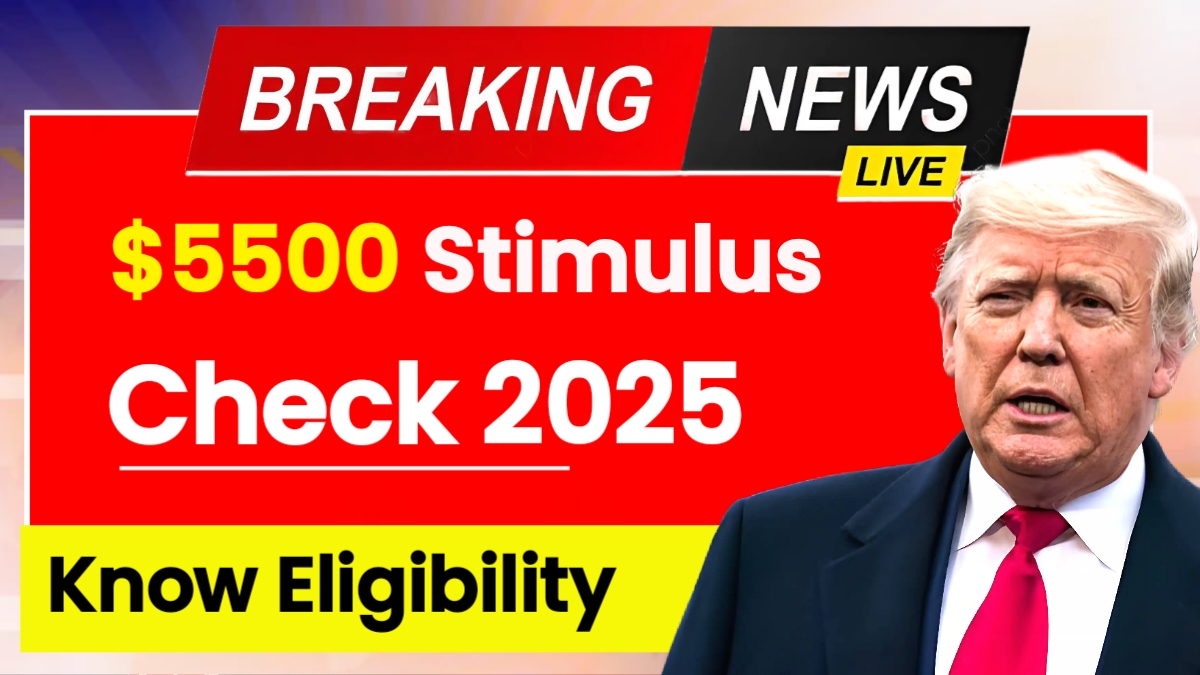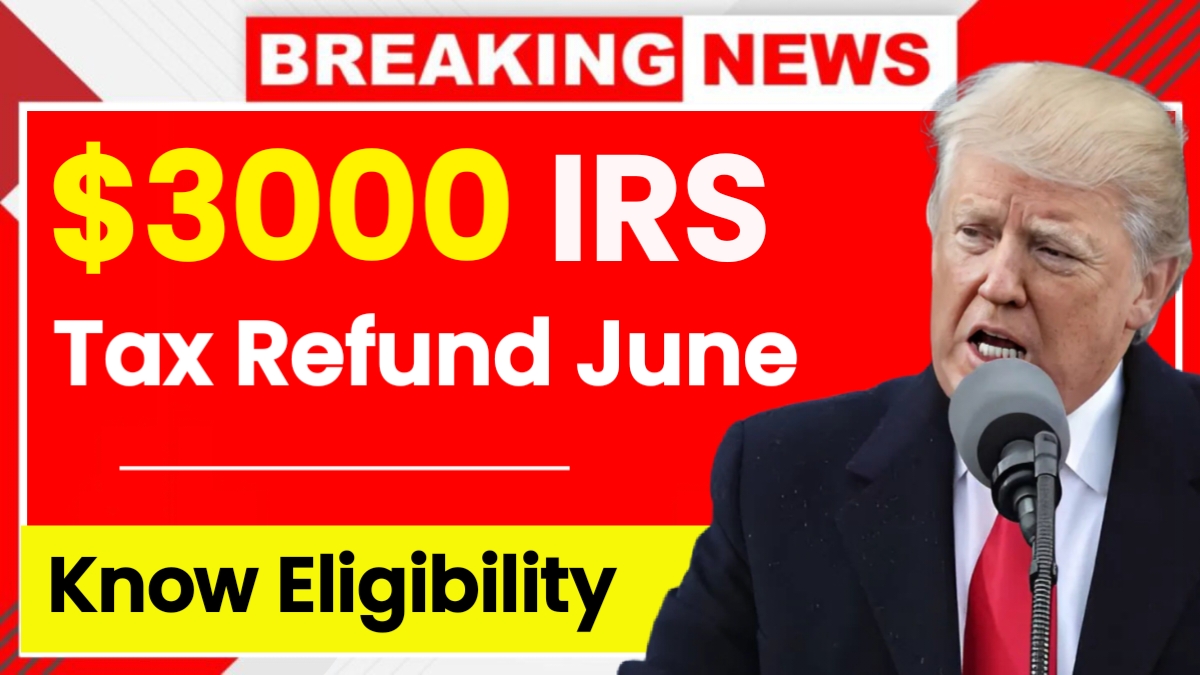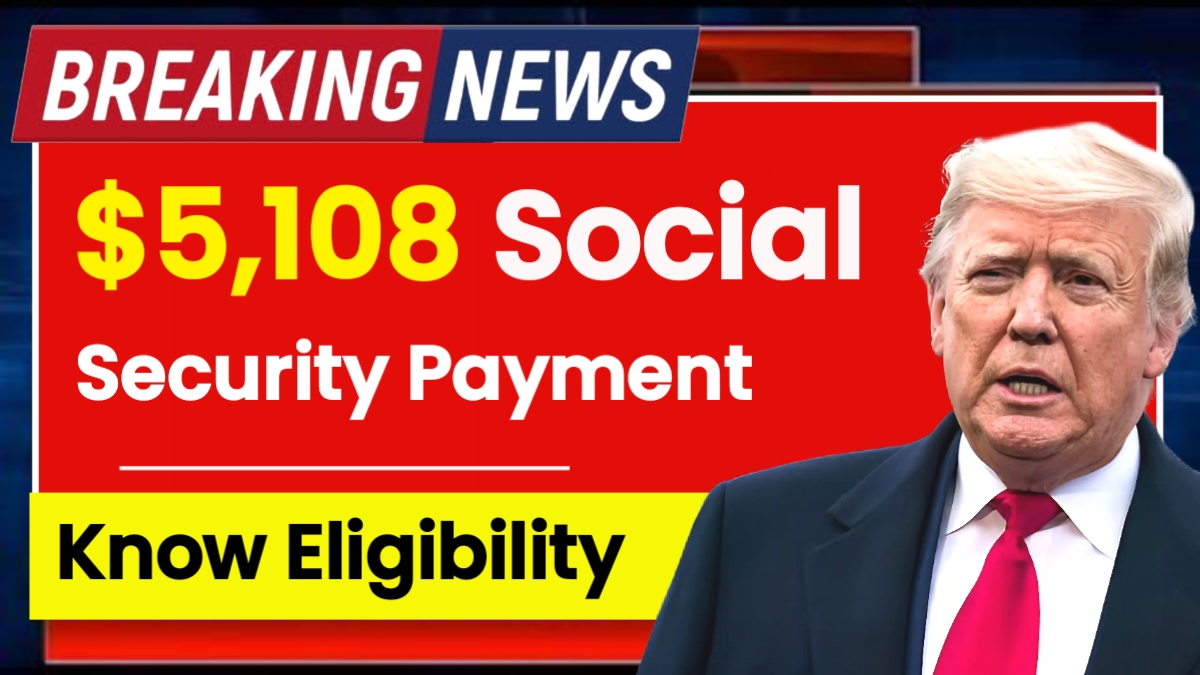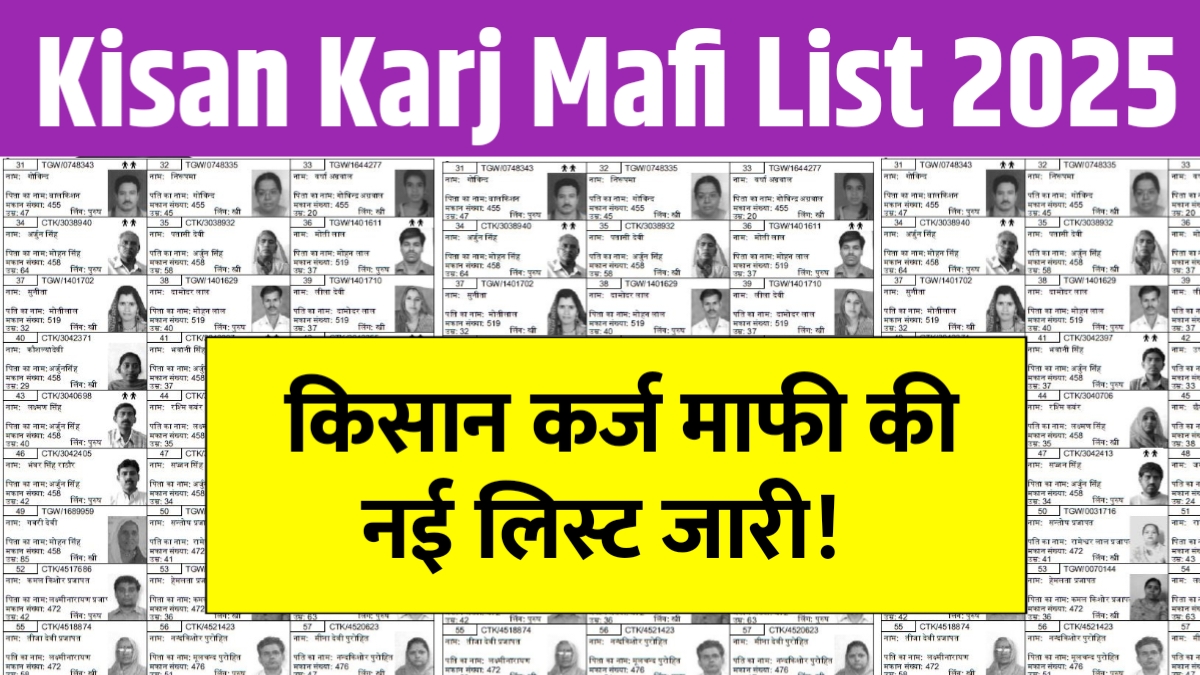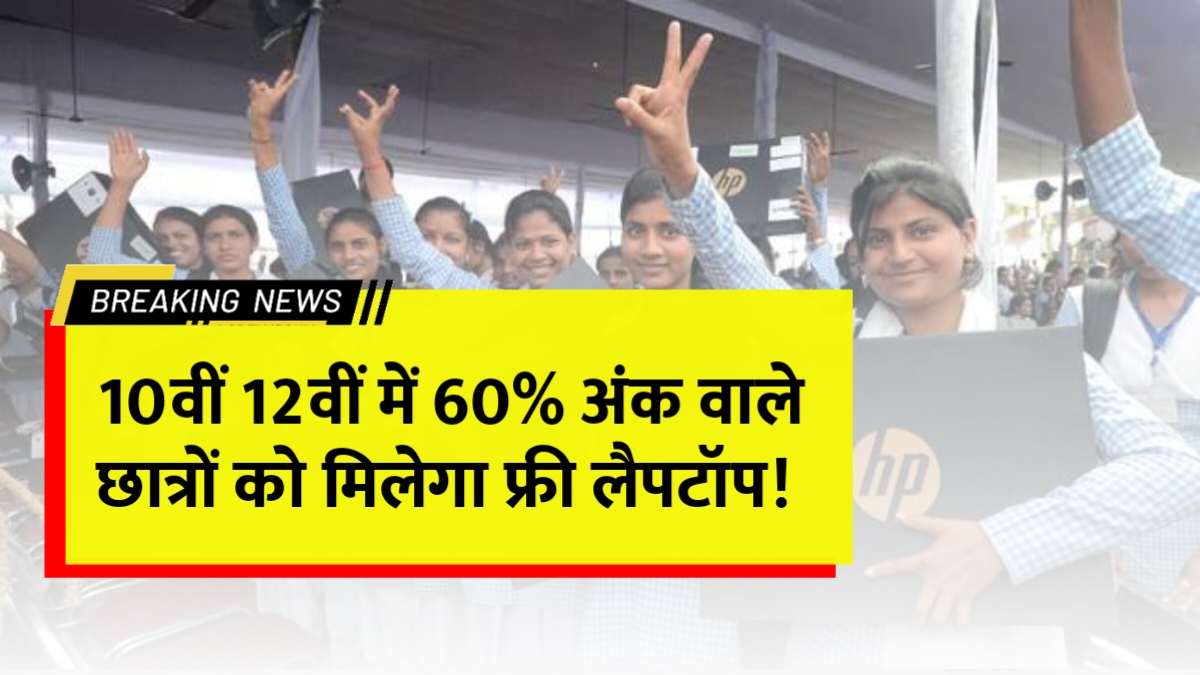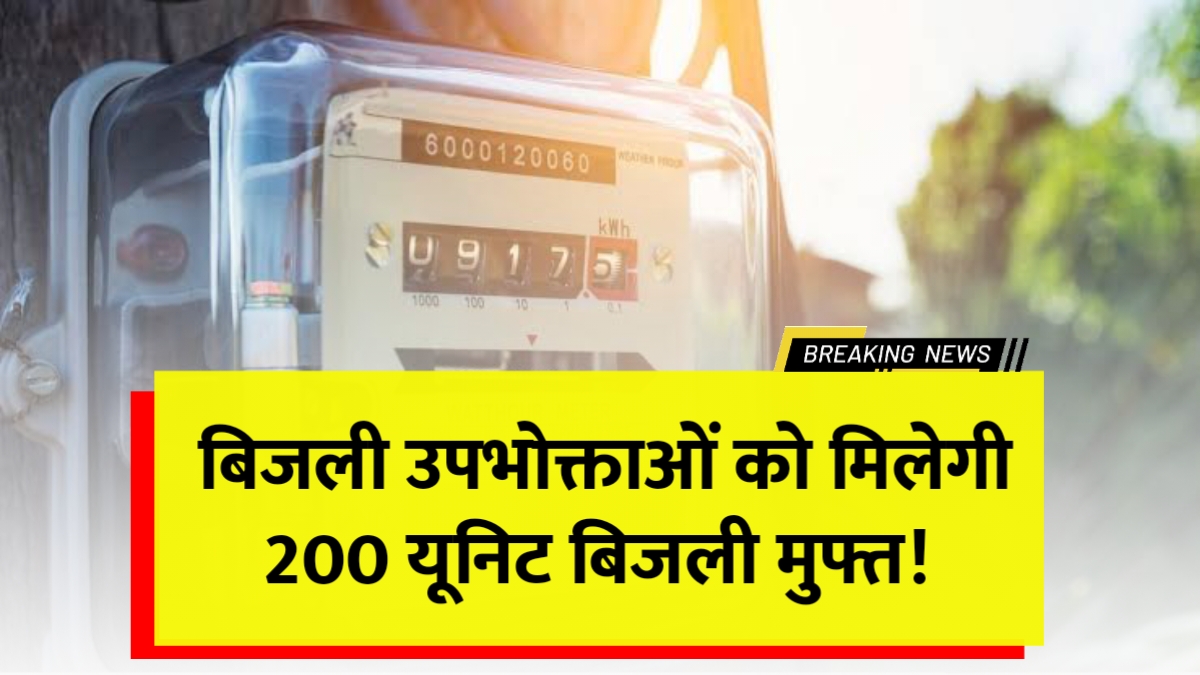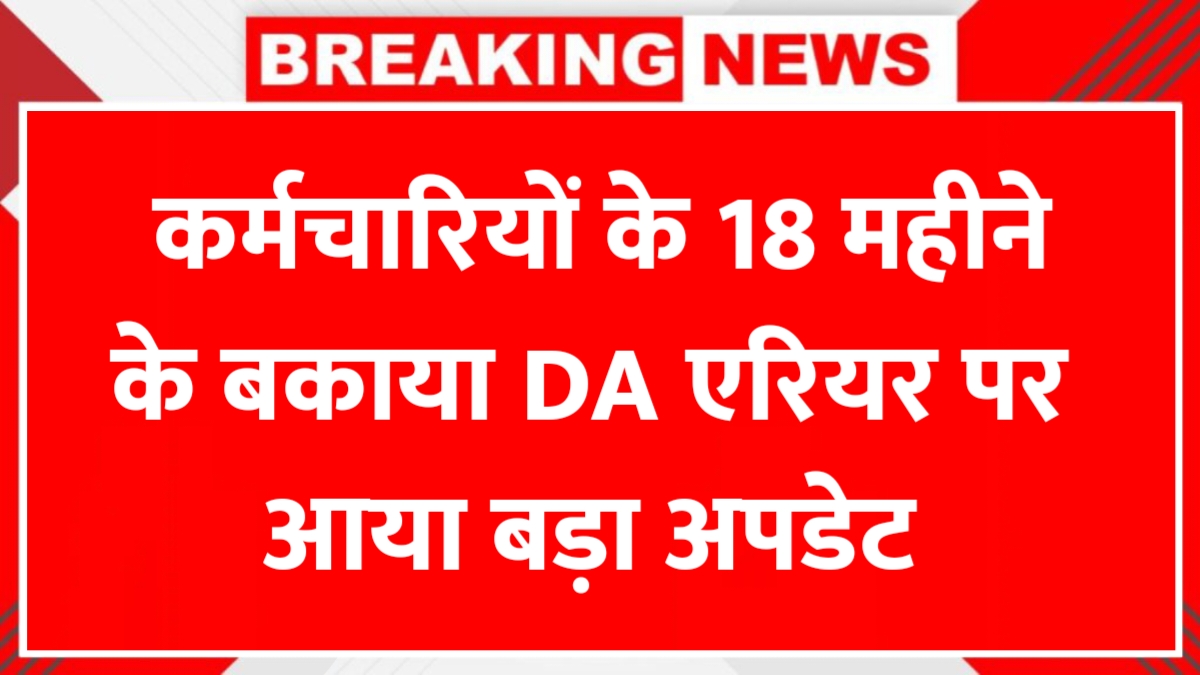$5000 Stimulus Check 2025: The Department of Government Efficiency stimulus check proposal has captured nationwide attention as a potential game-changer for American taxpayers. This ambitious plan suggests putting $5,000 directly into the pockets of eligible citizens through government cost savings. The initiative represents a unique approach to fiscal policy, proposing to return a portion of federal savings to the very people who fund the government through their tax contributions.
The concept emerged from discussions about making government operations more efficient while rewarding taxpayers who consistently contribute to the economy. Unlike traditional stimulus measures that rely on borrowed money, this proposal would theoretically use actual savings generated through streamlined government operations and reduced administrative waste.
The Financial Framework Behind the Plan
The backbone of this proposal rests on an extremely ambitious goal of saving $2 trillion from federal government operations. This massive savings target would be achieved through various efficiency measures including reducing bureaucratic redundancy, modernizing outdated systems, and eliminating unnecessary government spending. The proposed allocation of these savings follows a structured approach that aims to benefit multiple aspects of national finance.
According to the plan, twenty percent of the total savings would go directly to eligible taxpayers as stimulus payments. Another twenty percent would be allocated toward reducing the national debt, addressing one of America’s most pressing fiscal challenges. The remaining sixty percent would fund government modernization efforts, ensuring that efficiency improvements continue long-term and prevent future waste.
Eligibility Requirements and Target Recipients
The proposed eligibility criteria focus specifically on rewarding active taxpayers who contribute more to the federal system than they receive in benefits. This approach represents a departure from traditional stimulus programs that often have broader eligibility requirements. The plan targets individuals who have consistently filed federal tax returns and maintain a positive contribution to the federal treasury.
Potential recipients would need to demonstrate recent tax filing activity, specifically having filed returns within the past two years. Additionally, applicants must not be receiving more in federal assistance than they contribute through taxes. Income thresholds may also apply, though these specific limits would ultimately be determined by Congressional legislation. All recipients must maintain valid citizenship or legal resident status within the United States.
Distribution Methods and Payment Systems
If approved, the stimulus payments would utilize existing Internal Revenue Service infrastructure to ensure efficient and rapid distribution. This approach would minimize administrative costs and leverage systems already familiar to taxpayers. The payment process would mirror successful previous stimulus distributions, using established channels that have proven effective in reaching eligible recipients.
Direct deposit would serve as the primary payment method for taxpayers who have banking information on file with the IRS. Those who typically receive tax refunds through paper checks would receive their stimulus payments similarly. Importantly, no additional application process would be required if eligibility determination relies solely on existing IRS tax data, streamlining the entire distribution process.
Current Legislative Status and Timeline
The proposal currently exists in the early stages of the legislative process, with preliminary discussions taking place among Congressional committees. While initial draft legislation was reportedly submitted earlier this year, the measure has not yet received formal Congressional approval or scheduling for votes. Public hearings and committee reviews represent necessary steps before any potential passage.
The projected timeline suggests that if legislative momentum continues, debates and revisions could occur through the summer months. Potential Congressional votes might take place in the fall, with infrastructure development and eligibility confirmation processes extending into early next year. However, these timelines remain speculative and dependent on political support and legislative priorities.
Economic Debates and Considerations
Supporters of the initiative argue that returning government savings to taxpayers increases accountability and rewards those who fund government operations. They contend that this approach could stimulate economic activity without increasing national debt, potentially providing economic benefits while maintaining fiscal responsibility. The proposal appeals to those who believe government should operate more efficiently and return excess funds to citizens.
Critics raise concerns about potential inflationary effects of large-scale cash distributions and question the feasibility of achieving such massive government savings. Some economists worry about the long-term impact on government services and whether promised efficiency gains can realistically be achieved. The debate continues as lawmakers and policy experts evaluate the proposal’s economic implications.
Disclaimer: This article provides information about a proposed stimulus program that has not been approved by Congress. No official legislation currently exists, and there is no guarantee these payments will be authorized. Readers should verify information through official government sources and avoid scams claiming to offer early access to these funds.
